Orpington
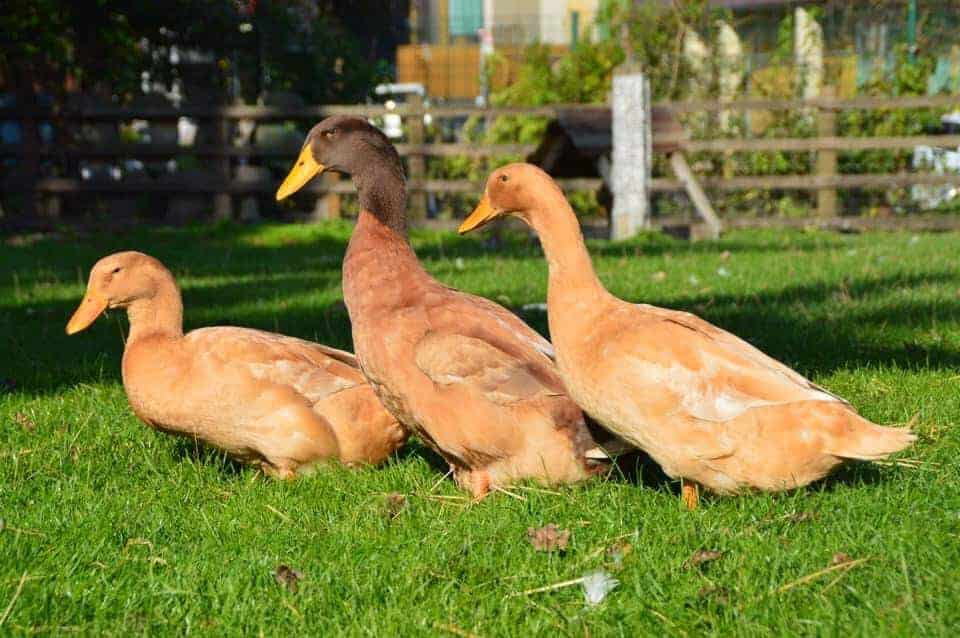
The Orpington Duck is included on the RBST‘s watchlist of traditional breeds of poultry. In recent years, the number of Orpingtons being kept has declined. RBST considers this to be one of the duck breeds at greatest risk of being lost.
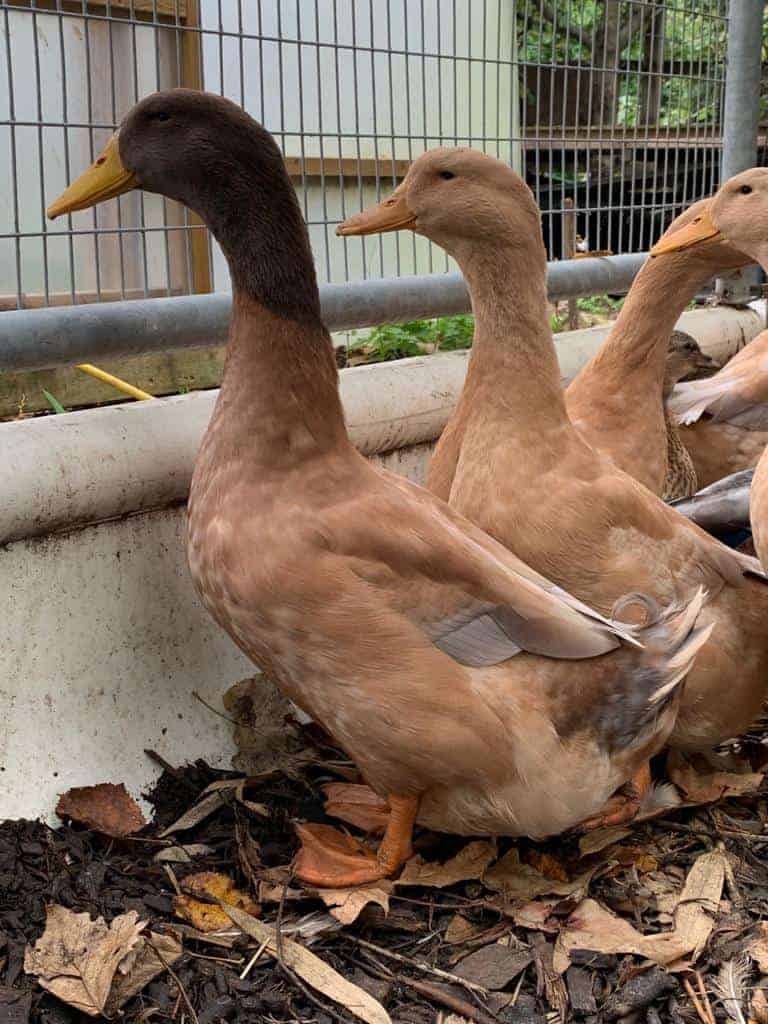
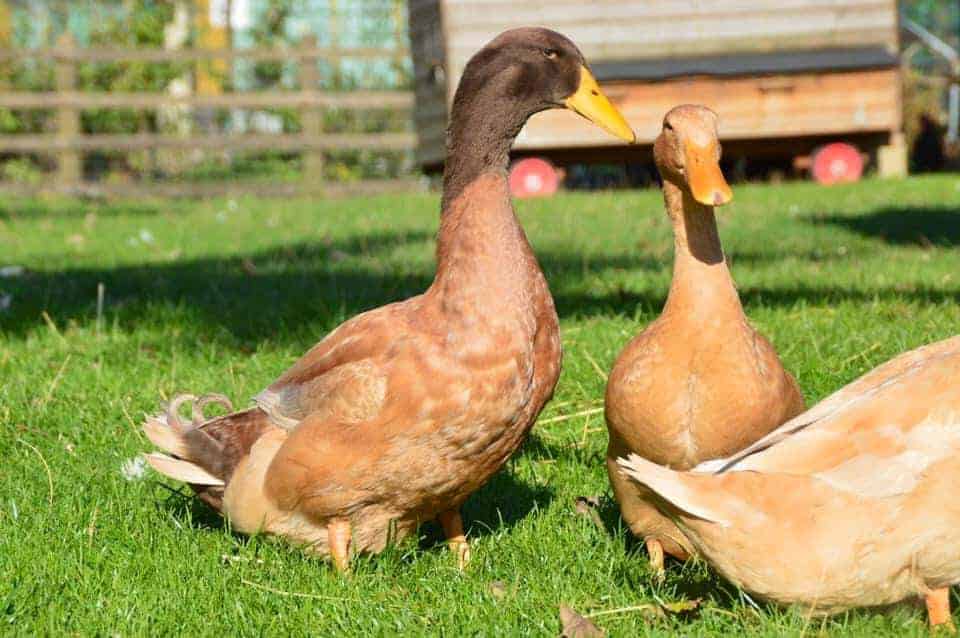
The Buff version of the Orpington is an unstable colour form, one of three types of offspring that arise from standard parents. Our page on genetics explains the principle.
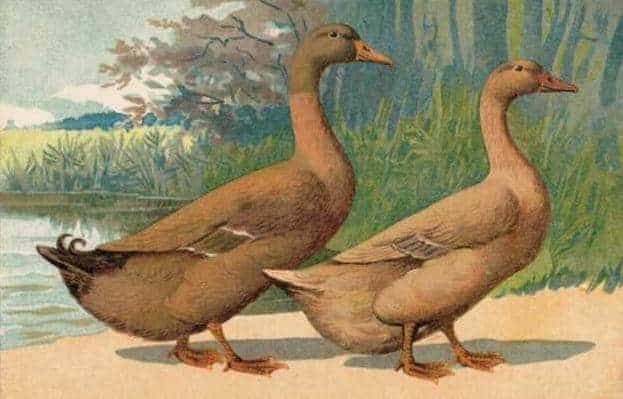
Light duck breed
Domesticated Mallard Anas platyrhynchos
William Cook, who also bred the Orpington Chicken, developed the Orpington Duck in the late nineteenth century. The Orpington is a very active forager and will become friendly with a little time and patience.
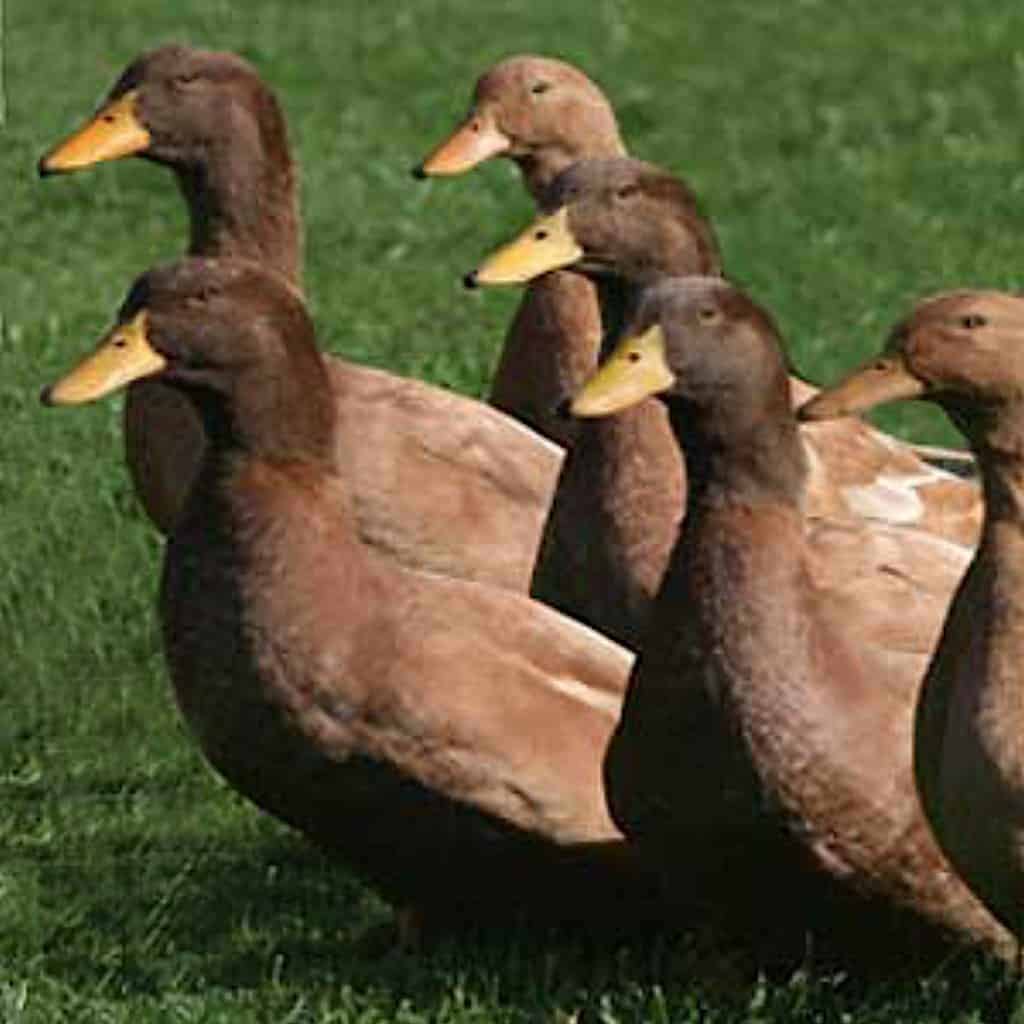
The Orpington Duck should be a rich even shade of buff all over, free from blue, brown or white feathers and any pencilling. The drake should have a seal-brown head with no sign of beetle green. The seal-brown terminates in a sharply defined line all the way round the neck. The drake’s body should be the same buff shade as the duck. The only other coloured area on the drake is his rump, which should be the same shade as his head.
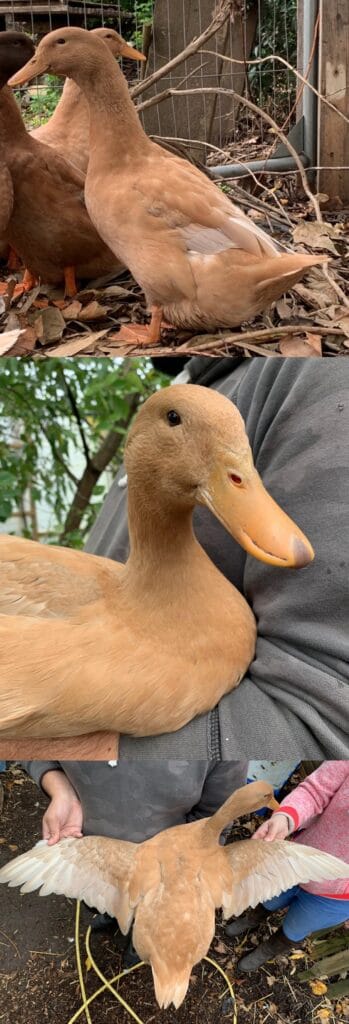
The principal difficulty with breeding exhibition quality Buff Orpingtons is that birds which conform to the show standard are heterozygous for the blue dilution gene and thus will not breed true. Breeding show standard birds will, on average, only produce 50% offspring conforming to the standard. 25% will be pale and, in the drake, have a light grey-brown head rather than the seal-brown required, and 25% will be dark, with a dark brown head in the drake and pencilling on the duck.
The drakes weigh 2.2-3.4 kg (5-7.5 lb), and the ducks 2.2-3.2 kg (5-7 lb). The Orpington Duck is a true dual-purpose breed, with the duck laying an average of 150 eggs per year.